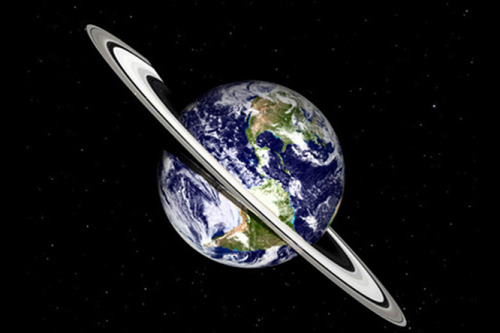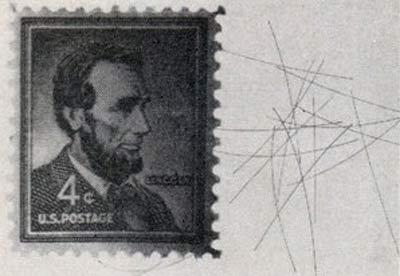peashooter85:Project West Ford and Earth’s short lived artificial ring.Around the 1950’s and 60’s sa
peashooter85:Project West Ford and Earth’s short lived artificial ring.Around the 1950’s and 60’s satellites were a brand new technology and most global communications were conducted via undersea cables. In the late 1950’s the US Military decided that with the Cold War growing hotter, it was time for the military to invest in a new international communications system. Thus Project West Ford was born. An invention of Massachusetts Institute of Technology (MIT) engineers, Project West Ford called for the creation of an artificial ring that would orbit the Earth. The ring was to be composed of 480 million tiny copper needles, each about as large as a human hair (1.78 cm long, 17 um in diameter). Each needle essentially served as a copper dipole antenna, and as a collective the ring would serve as a giant global antenna allowing radio microwave communications to be sent world wide.The first launch of Project West Ford occurred in 1961, however the needles failed to disburse. A second successful launch occurred on the 9th of May, 1963. This time the needles successfully disbursed, and after two months they formed a 15 km wide ring around the Earth at an altitude of 3,700 km. Initial tests were successful, the first test sending a clear and coherent message from Camp Parks, California to Millstone Hill, Massachusetts at a data rate of 20 kbs per second. However, over time, the needle ring began to scatter due to the forces of solar winds, gravity, and light pressure. After only two months after the successful launch, messages could only be sent at a speed of 400 bits. The project was canceled in July.Further attempts were planned to solve the problems of the first experiment and create another artificial ring, however the rise of satellite communications proved to be more efficient and practical. Most of the needles returned to Earth’s atmosphere in the 1970’s, although 63 clumps of needles are still known to orbit the planet. -- source link

